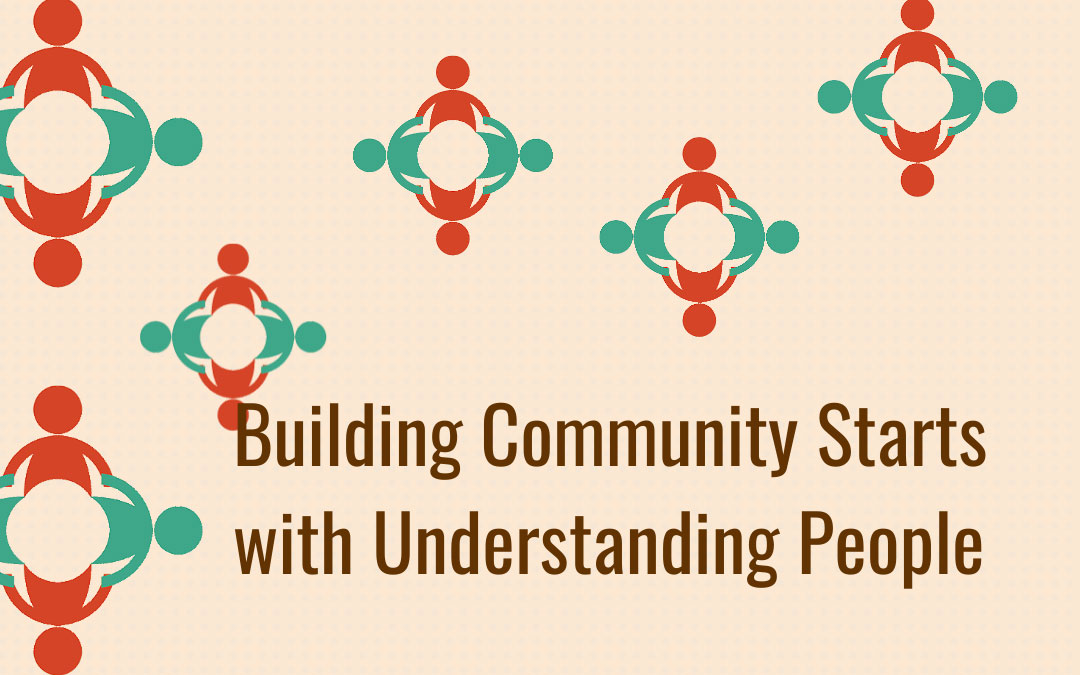Curated by Ryan Hoover, founder of Product Hunt, a site and community for discovering the latest tech products, backed by Andreessen Horowitz. Ryan is the contributing writer of Hooked: How to Build Habit-Forming Products, and blogs on startups, marketing, and product design with articles featured in Forbes, TechCrunch, The Next Web, and Fast Company. You can follow his writing at ryanhoover.me and on Twitter at @rrhoover.
Product builders often institute the wrong motivators, assuming money or other rewards will bring users back. In this post, Nir describes a core part of most community-based products: “Rewards of the Tribe.”
Which rewards are right for your product? Are you focusing on the right one(s)?
It’s important to understand how people want to be perceived when using a particular service. As Kathy Sierra describes, people often want to feel badass and those that successfully deliver this feeling will bring people back.
How do you make your users feel badass?
At the CMX Summit, a conference for community-builders, I shared some of the tactics we used to grow the Product Hunt community.
What steps are you taking to delight your community and appeal to their internal desires?
Richard Bartle classifies video game players into four categories: Achievers, Explorers, Socializers, and Killers. But these characteristics aren’t just limited to gaming; it can also be used to better understand one’s community.
How would you classify your audience and how might you change the product to appeal to a broader audience?
Other Product Psychology Lessons
- Building Community Starts with Understanding People
- When Persuasion Becomes Deception
- Mastering Pricing Principles
- A Handy Behavioral Design Toolkit
- Onboarding Matters – Getting Users Engaged in your Product
- Dual Process Theory: Is Your Product the Elephant or the Rider?
- Web Psychology – The Science of Online Persuasion
- Developing User Empathy with Design Sprints
- Want To Be A Game Psychologist? What You Need to Know
- How to Do Effective User Research
- Context Driven Design (The “Context Effect”)
- Writing Copy for Your Reader’s Brain
- Designing Habit-Forming Products
- Games, Play, and Motivation
- How Scarcity & Impatience Drive Irrational User Behavior
- Should You Listen To Your Users or Your Data?
- Emotional Engagement – Designing with the Heart in Mind
- Product Psychology: The 3 Things Everyone Should Know About

